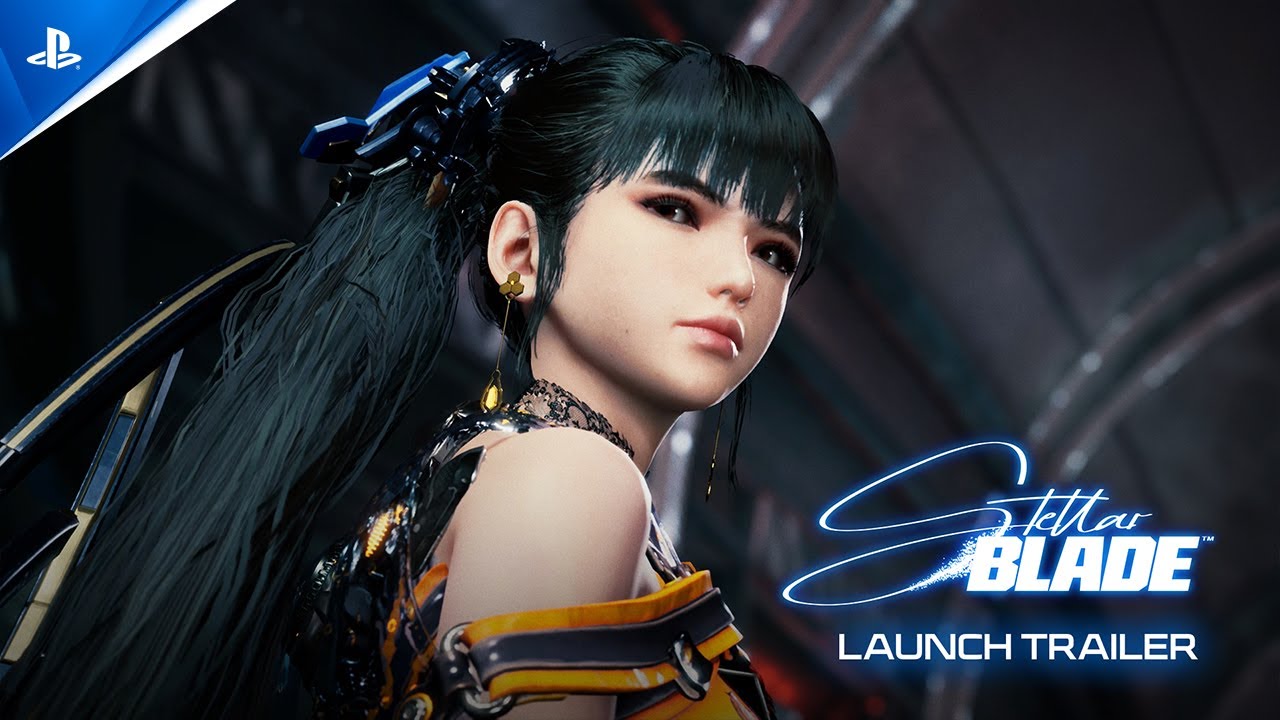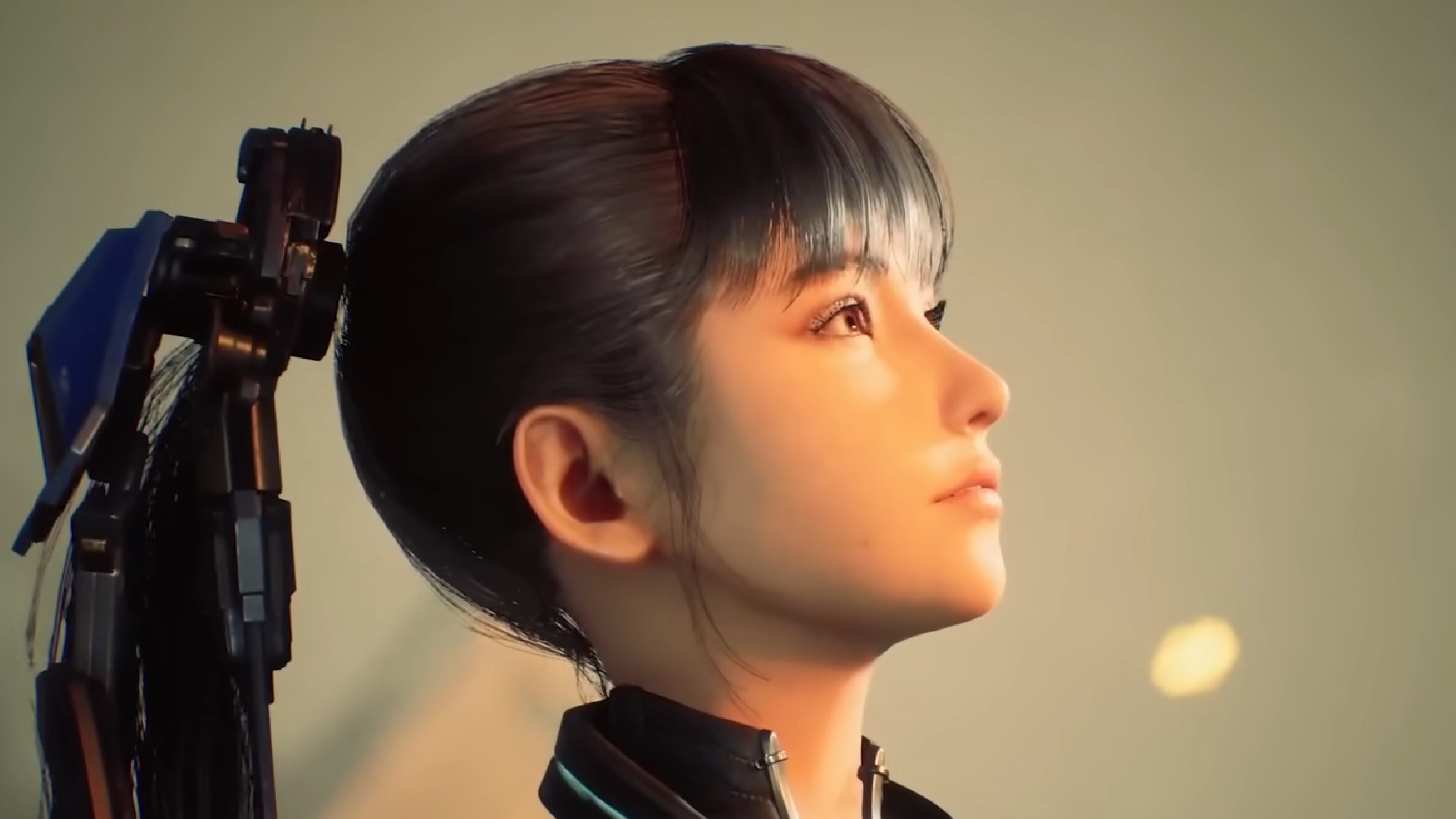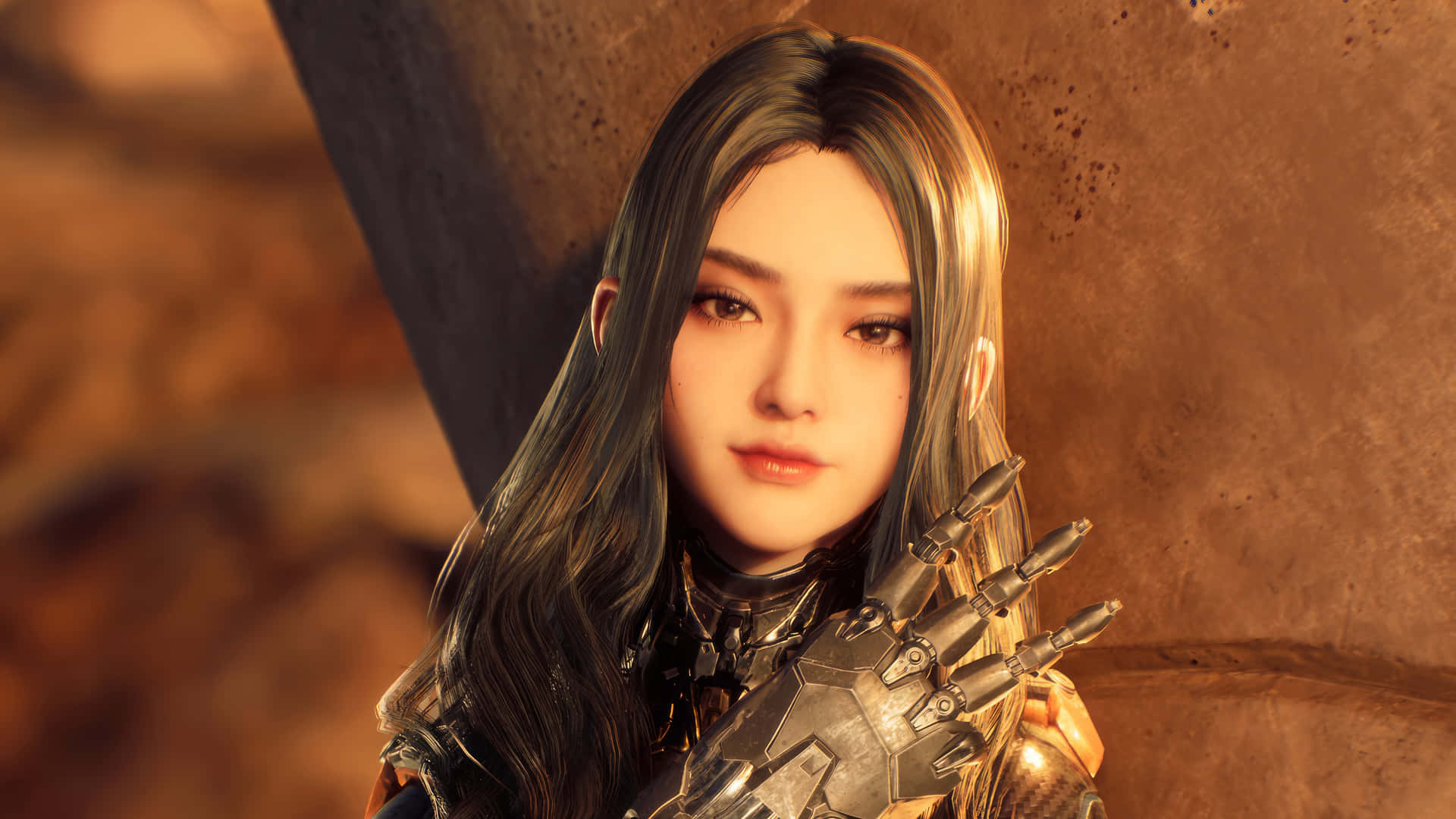Since the press previews and playable demo about a month ago, Stellar Blade has seen a sudden surge in popularity. It is not that the game developed by South Koreans at Shift Up was not anticipated, but until now, discussions have focused more on the sexualized modeling of its main character EVE rather than its content or gameplay. However, it quickly became evident that Stellar Blade is more than just a visually striking game and that South Korea, known for producing run-of-the-mill mobile games, can now compete in the realm of AAA titles. With elements reminiscent of Bayonetta, Nier Automata, Sekiro, and even a touch of Devil May Cry, this new PS5 exclusive has the potential to be among the best action games of 2024. Let’s explore this question together.
Clothes do not make the monk
Kim Hyung-tae’s narrative for Stellar Blade is deeply rooted in his home country, South Korea, but not due to its post-apocalyptic themes (though these are present), rather it draws inspiration from the sprawling landscape of Seoul, which serves as a blueprint for Xion, the final human bastion besieged by extraterrestrials who have expelled all remaining humans into Earth’s orbit. This is the official storyline, but as you delve deeper, other factors become evident that led to humanity’s departure from our planet. We encourage players to uncover these elements themselves and avoid spoilers. As you advance through the game, it becomes increasingly clear that Stellar Blade draws inspiration from a wide range of sources, making it sometimes difficult to pinpoint the origins of its ideas.
From “Ghost in the Shell” here to “Resident Evil” there, with significant influence from “Nier Automata,” some elements reminiscent of “Bayonetta,” “Sekiro,” a hint of “Devil May Cry,” and an obvious reference to “Uncharted 2.” Whether it is through its artistic elements, narrative choices, game design, or gameplay mechanics, Stellar Blade incorporates what has been done best in the beat ’em up / Souls-like genre over the past five years. While this approach may not be a flaw per se, the abundance of references hinders the title from fully realizing its potential and establishing a distinct identity. This observation also applies to the main character, Eve, whose suggestive plastic appearance and exaggerated proportions give her the impression of an artificial doll rather than that of a strong woman who sells more than just her voluptuous curves. However, we do not wish to unnecessarily criticize as others have done regarding this unjustified controversy, especially since characters like Bayonetta and 2B from “Nier Automata” did not face similar backlash upon their introductions. It is simply unfortunate that Kim Hyung-tae, the creator, did not use this opportunity to justify her appearance narratively within the game. Similarly, why not include special abilities tied to the outfits unlocked throughout the adventure (a total of about a dozen) instead of making them purely cosmetic? Only the “skin” costume, which is essentially a second skin, increases the challenge since it is the only outfit where Eve is highly vulnerable to Neytiba attacks.
THE TOP SPIN MINDSET
As previously noted in our preview, Stellar Blade presents compelling arguments as a video game, beginning with its gameplay, which is both mastered and remarkably robust. Here too, Shift Up’s title draws inspiration from others, but its execution is always meticulously crafted. One of the first references that stands out when you start playing the game is its system based on parrying and balance, clearly reminiscent of Sekiro. In essence, by executing perfect evasions or parries, players chip away at enemies’ and bosses’ balance points, allowing them to trigger an equivalent of finish moves, called Chastisement here, which not only deal significant damage but also initiate highly stylized attack sequences. Similar to TopSpin 2K25, Stellar Blade’s gameplay hinges on your ability to counter or dodge enemy attacks to ensure accurate and powerful hits. Timing is crucial, as the game does not hold back. Like any FromSoftware Souls-like, Stellar Blade demands genuine player engagement. Even the most insignificant creature visually may take you down with a few attacks. Needless to say, facing bosses, especially the massive ones, can be overwhelming if you rely solely on button mashing like in Bayonetta. While I exaggerate slightly, as Stellar Blade never reaches PlatinumGames’ game speed, it is certainly more demanding. Of course, if the difficulty seems too abusive, players can always lower it by switching to Story mode at any time.
Like all recent Dark Souls games primarily from FromSoftware, Stellar Blade rewards players with impressive power progression. The more you invest in the game, the more complex your combo executions become. With options for attack, defense, and evasion, the possibilities are vast, as evidenced by the various skill trees that hint at even deeper gameplay to keep you engaged throughout the adventure. After several hours of play, Stellar Blade surprises players with the introduction of firearms into its combat system, well-integrated but unexpected. Your drone companion, which has assisted Eve since the start and kept her in contact with Adam, avoiding lengthy monologues, transforms into a gun that can evolve as you gain experience points. You won’t find yourself bored, and be prepared to invest around 20-25 hours to complete the main story, with much more time needed for a platinum trophy due to the numerous side missions scattered across each semi-open world zone.
EQUILIBRIUM
In a manner similar to contemporary titles such as Final Fantasy VII Rebirth, Stellar Blade alternates between more directive corridor phases and freer moments where players can explore open environments. This structure allows for interaction with all NPCs, who often have dialogue or requests for assistance. Although this approach is somewhat cliché, exploring these areas is enjoyable and provides a respite from the intense, timed battles, while also advancing the lore. Nonetheless, wandering through these zones is necessary for quick skill progression and unlocking Eve’s costume options, even if it slightly disrupts the fast-paced gameplay.
The demand for excellence in Stellar Blade’s combat system is accompanied by high-quality visual rendering. During my preview last month, I highlighted this next-gen gaming sensation, and it is evident that the graphical quality is maintained consistently throughout the entire adventure, both indoors and outdoors. Stellar Blade not only features rich textures but also teems with details everywhere, showcasing an excellent management of lighting and general illumination. Occasionally, some textures may appear inconsistent; however, these minor issues are overshadowed by the game’s impressive artistic direction and its creativity in creature design and bestiary, all of which are delightfully quirky. The game transitions from protean insects to charmingly retro robots, passing through grotesque abominations reminiscent of Resident Evil. Each enemy must be approached with caution, or players will face a game over and need to restart from the last saved camp. Notably, Stellar Blade offers three display modes: Graphics, Balanced, and Performance, with the Balanced mode providing the best compromise without hesitation.
Have any thoughts?
Share your reaction or leave a quick response — we’d love to hear what you think!



